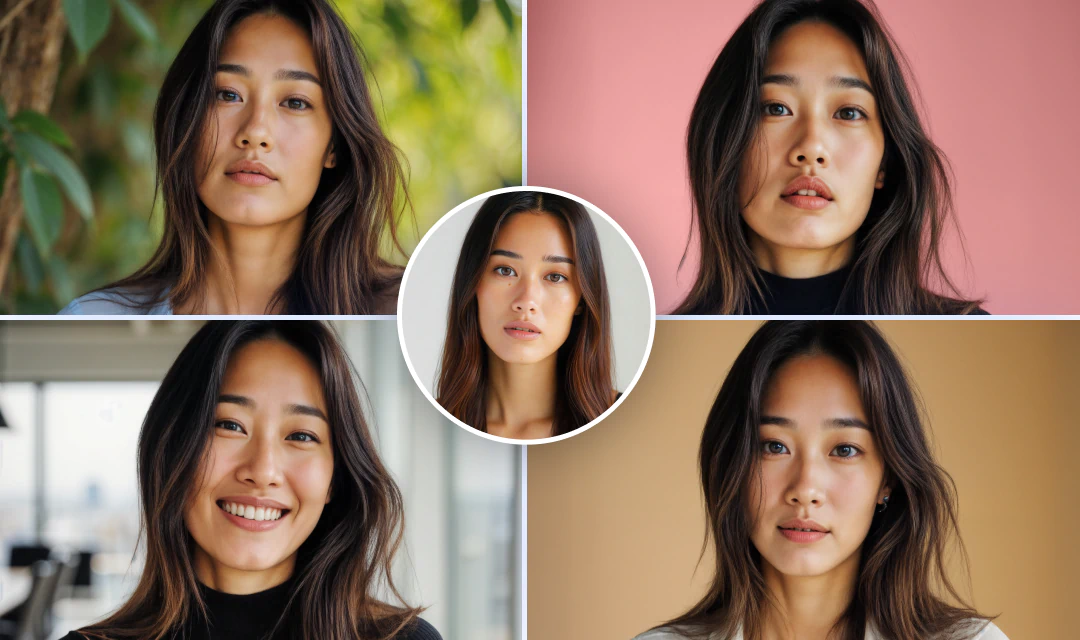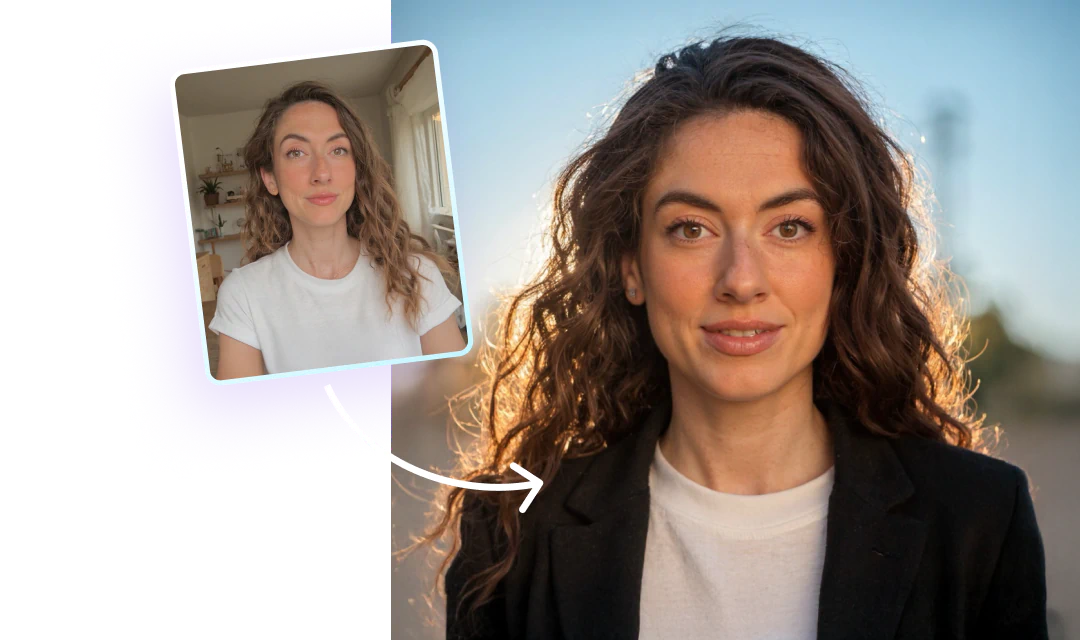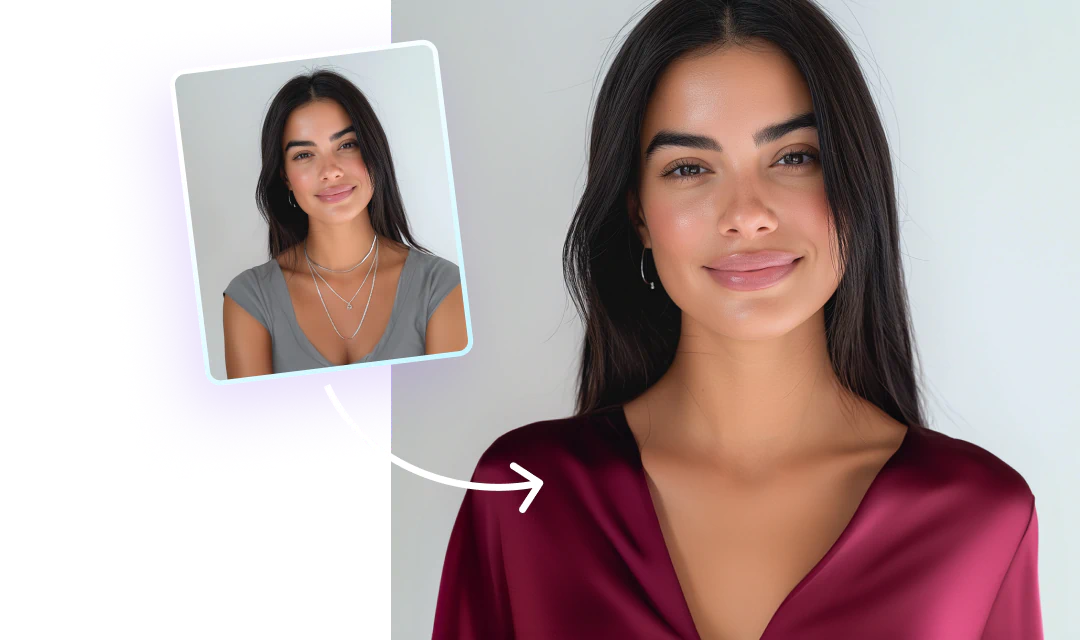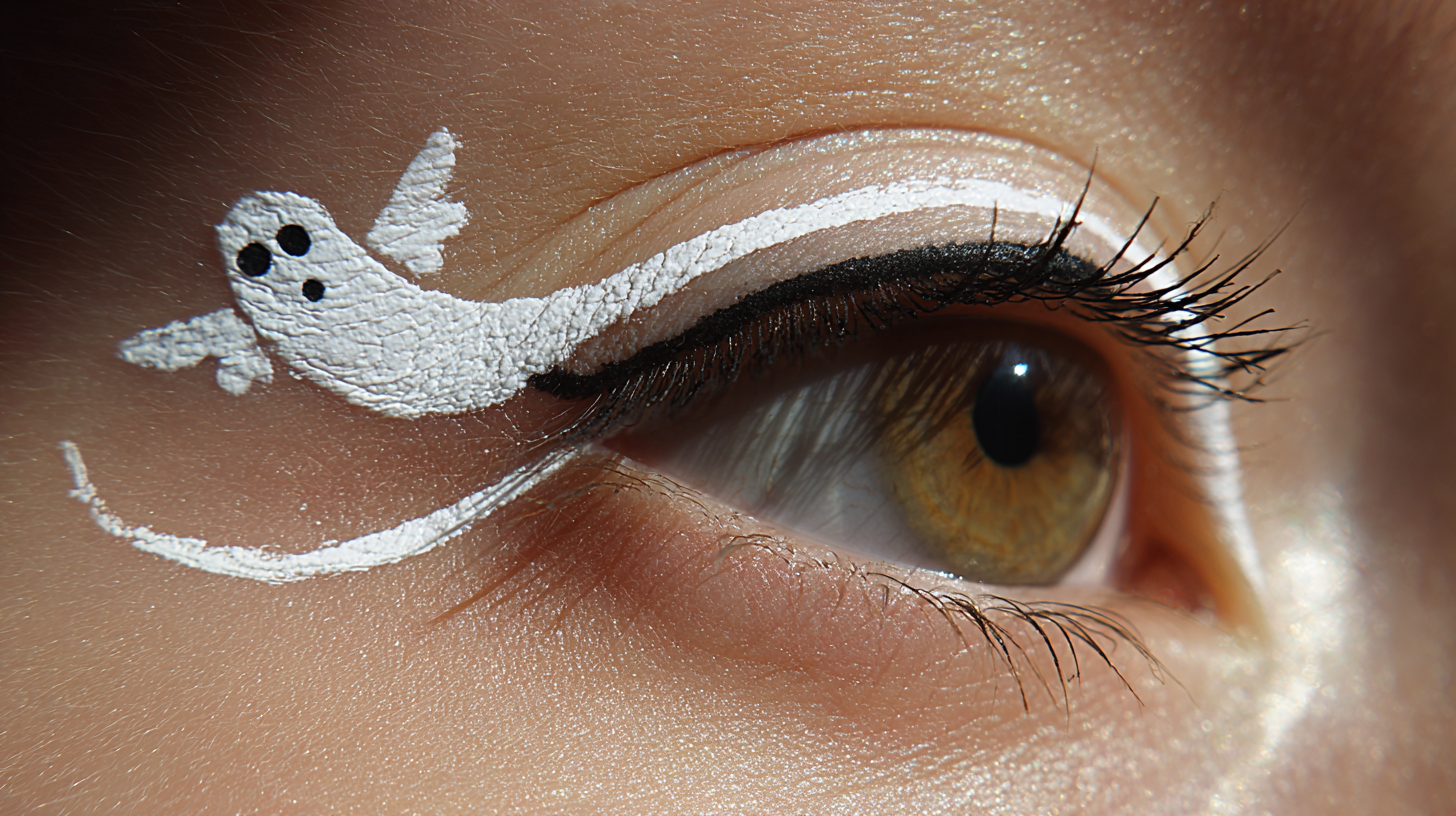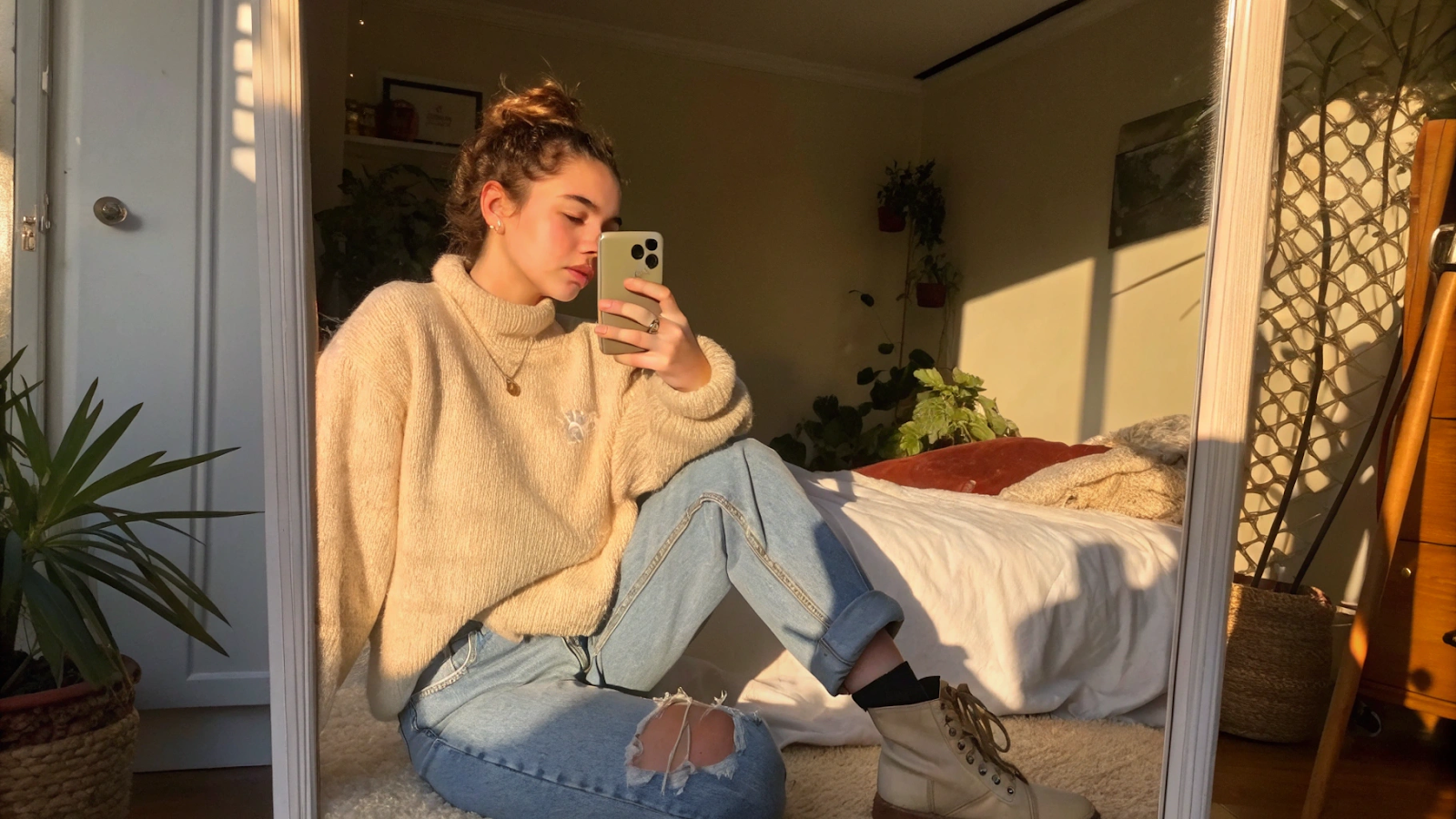Struggling to choose between being a Facetune diva or a VSCO kid? Both selfie editor apps have a lot to offer; it comes down to choosing an app that you think you’d use more often.
We dug into the VSCO app to compare its features to Facetune's options. See how the two apps are different and how to choose the one that will work best for you.
1 - Built-in social features
This is the biggest difference between Facetune versus VSCO. When you sign up for VSCO, you’re basically joining a social network for content creators.

Essentially, VSCO is what you'd get if Facetune and Instagram had a baby.
It includes social aspects where you can create a profile and share your pics with other users. If you’re trying to build a following and make yourself known as a content creator, VSCO gives you an extra platform to do that. If what you’re looking for is an easy-to-use editor for your selfies and photos, then Facetune may be the better bet.
2 - Skin touchups
Another big difference between Facetune and VSCO is that VSCO doesn’t have a way for you to touch up your skin or remove blemishes. The app does let you adjust your skin tone, but if you’re feeling self-conscious about your skin and want to make some edits to it in a photo, there’s not really a way to do that.
If you’re frequently fighting breakouts or want to hide moles, scars, or wrinkles, Facetune is a better option. The Patch tool lets you patch over bigger blemishes, while Vanish and Heal allow you to easily swipe away smaller ones. Those blemish removers, plus Facetune’s iconic Smooth tool, guarantee a clean look every time. If you want more Skin options, Facetune also offers Conceal for dark under-eye circles and Glow, which will give your skin a nice (you guessed it!) glow — no sun necessary.

3 - Lighting changes
You’ve got to have badass lighting for a badass selfie, right? No matter which app you choose, both VSCO and Facetune offer tools to help you control the lighting in your photo.
VSCO uses sliders to give you control over its Exposure, Contrast, and Saturate tools. We aren’t fans of how you need to switch between all of the editing tools to find your lighting adjustment features, but other than that, it gets the job done.

In Facetune, most of your light editing tools are under Edit, which includes:
- Brightness
- Contrast
- Shadow
- Highlight
... and then there’s a more professional lighting feature (that you’ll need to subscribe to use), called Relight, which is essentially like a digital ring light, allowing you to get dramatic studio lighting or a softer look after the photo is taken.
If you're looking for more creative options, the Neon tool adds colored filters, similar to the gel filters used in fashion shoots and on runways.
Overall, it may be easier to navigate the tools in Facetune, but you’ll get a quality photo using either app's lighting settings.

The bottom line for Facetune vs. VSCO in 2022
Both VSCO and Facetune have powerful options to help you revamp your selfies for social media domination. If you want the added benefit of a content creator network, VSCO may be for you. If you’re looking for more control and a badass app to up your selfie game, give Facetune a test drive.
Featured image source.







